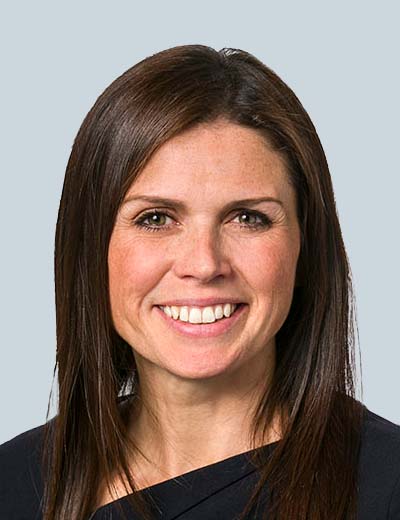Tue, Sep 22, 2020
Valuations in a Digital Era, Uncovering Hidden Insights
Amid the growing uncertainty caused by COVID-19, valuation professionals are faced with new challenges requiring them to adopt new ways of working, particularly relating to the valuation of fixed assets. Tangible in nature, fixed asset valuation has historically relied upon physical site inspections to give the valuer a sense of the overall operations, a chance to view the condition and maintenance level of various assets, and an opportunity to hold in-depth discussions with finance and engineering personnel. Physical inspections can add tremendous value; nevertheless, we can make enormous efficiency gains and create new insights for our clients by working with modern technology. Even before COVID-19, there was a need for more flexible and scalable valuation solutions. Therefore, we were compelled to explore digital alternatives and deliver to our clients “smart valuations.”
For companies with extensive global portfolios, such as multinational insurance firms, property managers and large corporates, we utilise computer vision on satellite imagery to map every one of their properties based on an address. Our smart valuation program allows us to benchmark and provides a risk map highlighting areas of high insurable value deficit. This has been a valuable resource for underwriters responsible for thousands of properties that they have little or no insight into.
For companies with light balance sheets, where fixed assets are relevant but not of the most material concerns, a preliminary review can help them decide if it’s prudent to dig deeper. From a few lines of code, we can read a fixed asset register, identify common anomalies and generate preliminary values. One of the most tedious tasks–classing asset ledgers into valuation categories based on their descriptions–is done automatically using machine learning based on our valuation archives. From our first pass, we determine if it makes sense to look further and what areas to focus on. This initial review can help in leading discussions with finance or risk managers and their audit partners.
What separates a tangible asset valuation from an intangible asset valuation is the ability to see the tangible asset first hand. The digital alternatives such as modern video and streaming platforms make it possible for site personnel to lead guided “virtual site visits.” The valuation team can see the condition of the assets, get a feel for the maintenance, the technology deployed, potential bottlenecks and ask relevant questions about assumptions and value drivers while exploring the plant remotely.
Our developments are not limited to the data and analytics side, but we also use digital solutions to shift our reporting from a static to a dynamic form. Using business intelligence programs, we can create custom, interactive dashboards with visualizations and tables that are more useful to the clients than a report, which is also still provided. By visualising the data and results transparently and intuitively for all parties to understand, we provide our clients with a detailed view of their portfolio, enabling cross-site analyses, comparison of results to industry benchmarks and identification of outliers to prioritise and budget for future reassessments.
The shift to smart valuation is being embraced across multiple market segments of the insurance industry. The old-school world of fixed asset valuation is evolving as we explore the use of technology to help us uncover hidden insights. As the largest independent valuation firm in the world, we are using the plethora of data at our disposal to work more efficiently by eliminating repetitive tasks, resulting in us being more effective in protecting, restoring and maximising value for our clients.
Fixed Asset Advisory Services
Kroll provides clients the transparency they need by identifying, managing, and valuing their fixed assets.


